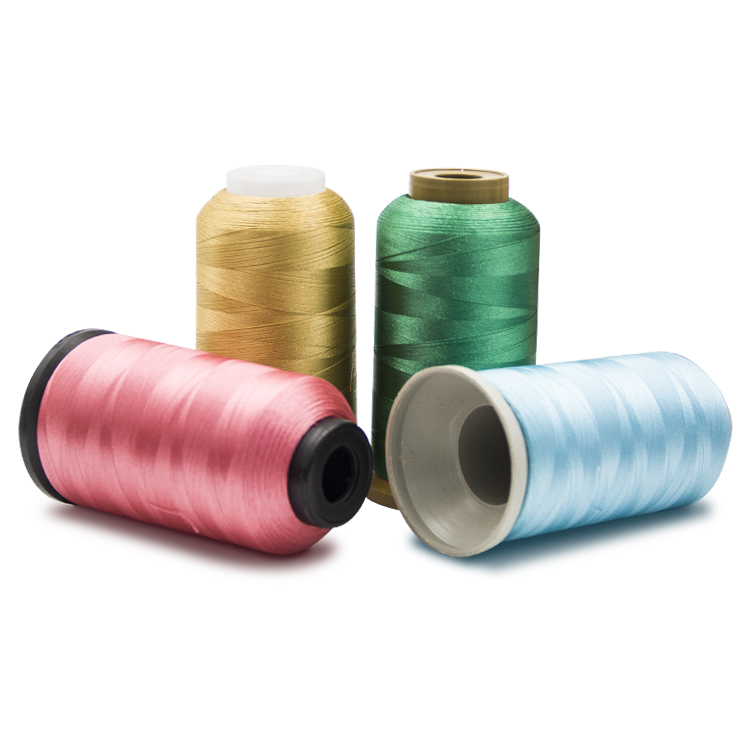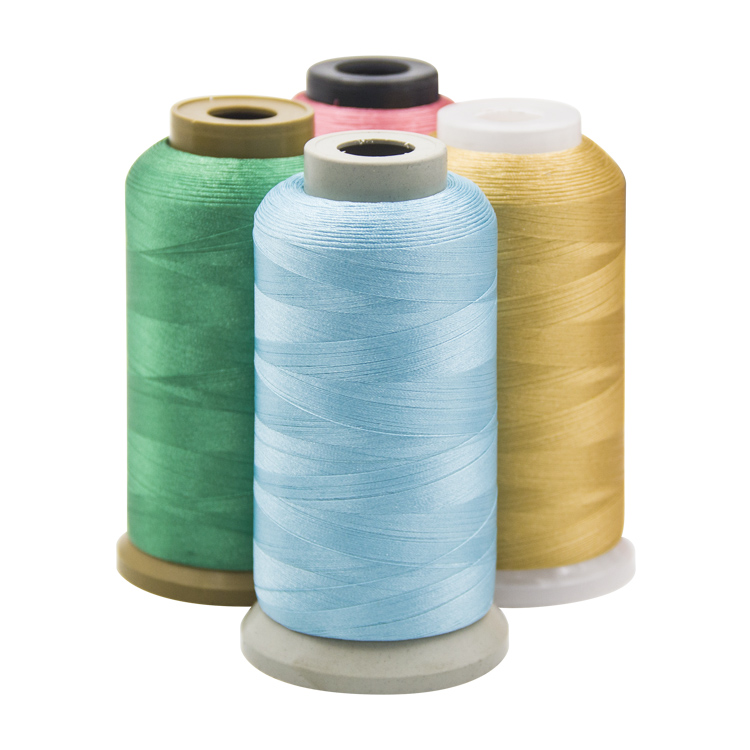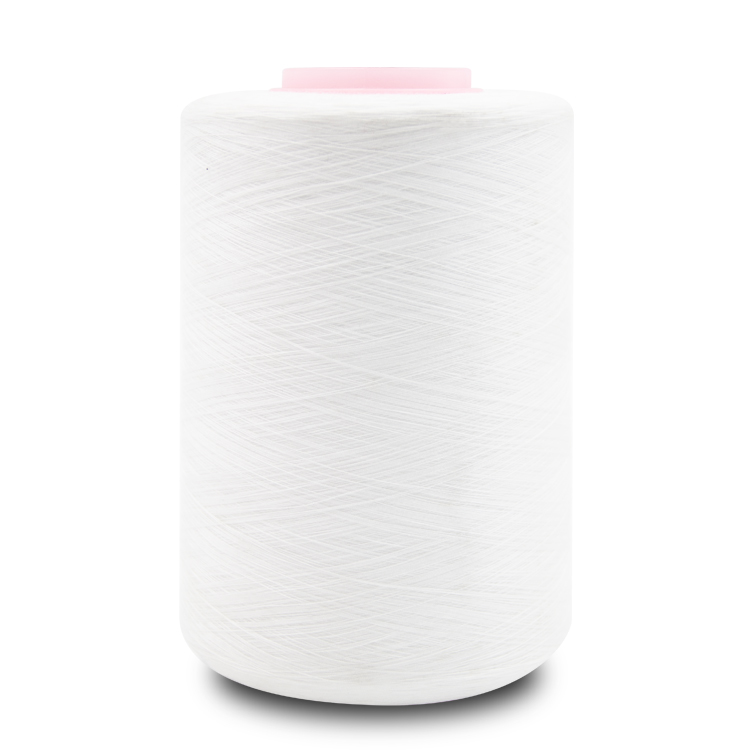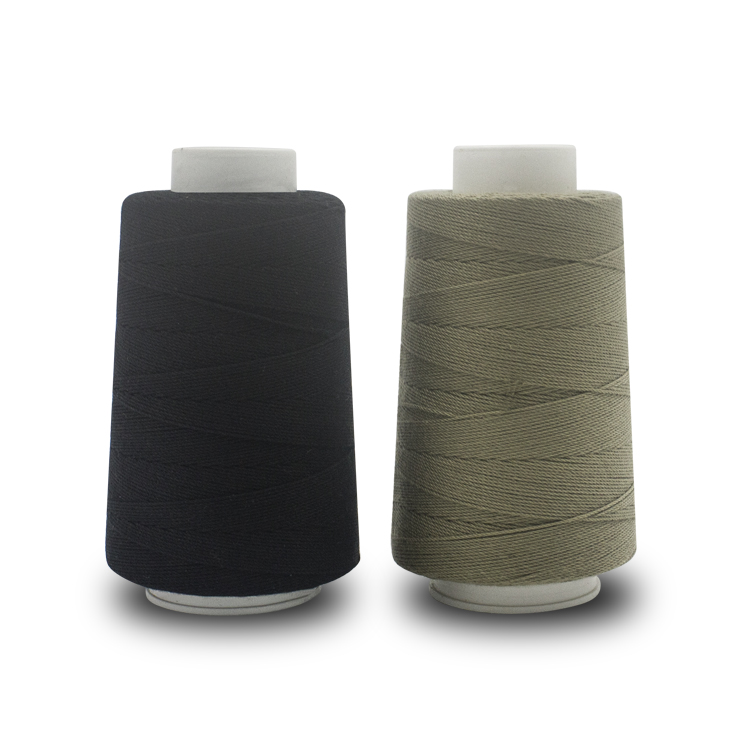
Improvement of yarn and thread strength of textile fibers by twisting
Twisting is mainly to improve the strength of yarn and thread.
Twist can not be used to compare the twisting degree of different roving yarn and thread.
The twist direction of yarns has a great influence on the appearance and feel of fabrics.
In the moisture absorption performance of textile fibers, besides moisture absorption, the water absorption of textile fibers is also closely related to the wearing comfort of clothing fabrics.
Twisting is the relative rotation of the two cross sections of the yarn and thread.
At this time, the textile fibers in the yarn and thread that are parallel to the yarn and thread axis are inclined to helix.
For staple textile fibers, twisting is mainly to improve yarn strength.
The twisting of filament can not only improve the strength of yarn and thread, but also produce some effect.
The number of twists of yarn and thread and the combination of twist and twist of yarn and thread in fabrics have a great influence on the appearance and properties of products.

Twisting properties include twist degree, twist coefficient and twist direction. The twist angle of the yarn and thread is twisted one circle into one twist.
The number of twists per unit length of yarn is called twist.
China's cotton yarn and thread are twisted by special number, which is expressed by the number of twists within the length of 10cm yarn and thread; combed wool yarn and thread and chemical filaments are twisted by metric count, which is expressed by the number of twists per meter; and there are also twists in the number of British count expressed by the number of twists per inch.
Twist can't be used to compare the twisting degree of different roving yarn and thread, because with the same twist, the textile fibers of the roving yarn and thread are more inclined than those of the fine yarn and thread.
In practical production, twist coefficient is often used to express the twist degree of yarn and thread.
Twist coefficient is the relative value of the twist degree of yarn expressed by the linear density, which can be used to compare the twist degree of different roving yarns.
Twist coefficient can be calculated according to twist and yarn and thread density.
The twist direction of yarn and thread has a great influence on the appearance and handle of the fabric.
By using the twist direction of warp and weft yarn to match the fabric structure, the fabric with different appearance and handle can be woven. Textile and textile fibers placed in the air, will continue to exchange water vapor with the air, that is, textile and textile fibers constantly absorb water vapor in the air, but also constantly emit water vapor into the air.
The moisture absorption property of textile fibers is called the moisture absorption property of textile fibers.

Hygroscopicity of textile fibers is one of the important physical properties of textile fibers.
The hygroscopicity of textile fibers has a certain influence on the shape, size, weight and physical and mechanical properties of textile fibers, thus affecting their processing and use performance.
The moisture absorption capacity of textile fibers also directly affects the wearing comfort of clothing fabrics.
Textile fibers with high moisture absorption ability can easily absorb sweat from human body, regulate body temperature and relieve the feeling of dampness, thus making people feel comfortable.
Therefore, attention should be paid to the hygroscopicity of textile fibers in commercial trade, textile fiber performance testing, textile processing and textile selection.
Among the common textile fibers, wool, linen, viscose textile fibers, silk, cotton and other hygroscopicity is stronger, while synthetic textile fibers generally have poor hygroscopicity, among which vinylon and nylon have better hygroscopicity.
At present, synthetic textile fibers with poor hygroscopicity are often blended with natural textile fibers or viscose textile fibers with strong hygroscopicity to improve the hygroscopicity of fabrics.

In the hygroscopicity of textile fibers, besides hygroscopicity, the hygroscopicity of textile fibers is also closely related to the wearing comfort of clothing fabrics.
Water absorption of textile fibers refers to the ability of textile fibers to absorb liquid water.
Water vapor and sweat produced by people during their activities mainly lead the moisture absorption and water absorption properties of materials, which absorb and diverge outwards, thus making people feel comfortable.
Generally speaking, coats are mainly wetted by rainwater, so textile fibers with low water absorption can be selected as coat materials; underwear is mainly wetted by non-dominant evaporation and sweating of the body, so textile fibers with high moisture absorption and water absorption should be selected as underwear materials.




